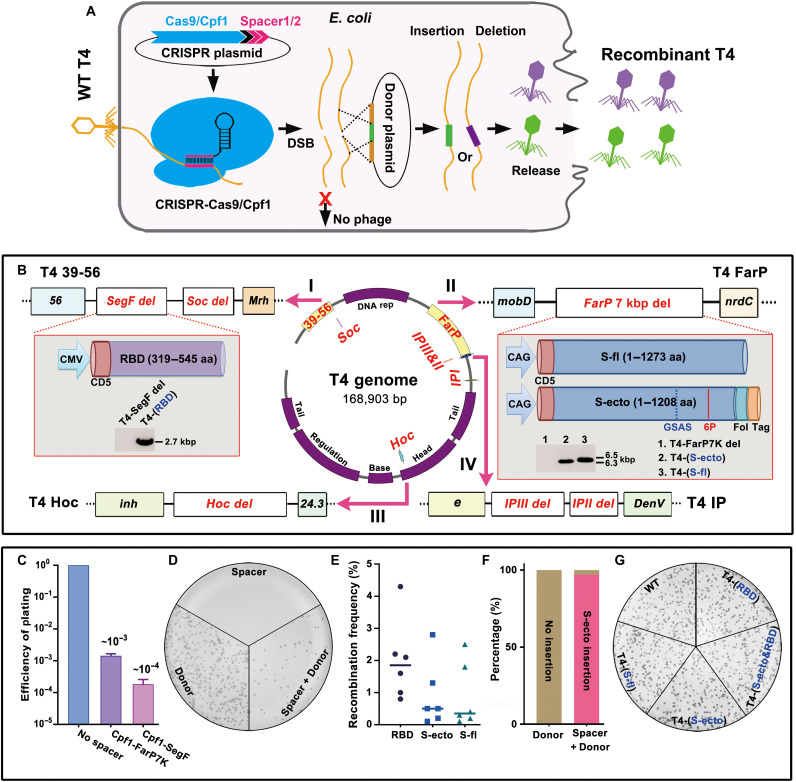Fig. 2. Construction of T4–SARS-CoV-2 recombinant phages by CRISPR engineering.
(A) Schematic of T4 CRISPR engineering. DSB, double-strand break. (B) Four nonessential regions of T4 genome are chosen for deletion and insertion of various SARS-CoV-2 genes [shown in red; SegF/Soc, FarP, internal protein (IP), and Hoc]. 6P, six proline substitutions in S-ecto (F817P, A892P, A899P, A942P, K986P, and V987P); Fol, T4 fibritin motif Foldon for efficient trimerization; Tag, octa-histidine and twin-strep tags. Furin cleavage site RRAR was mutated to GSAS to stabilize trimers in a prefusion state (35). aa, amino acid. (C) Efficiency of plating (EOP) of representative Cas12a-FarP7K and Cas12a-SegF spacers. (D) Plate showing plaques from phage infection of bacteria containing Cas12a-FarP7K spacer only, S-ecto donor only, or Cas12a-FarP7K spacer plus S-ecto donor. (E) Recombination frequency of three spike gene (RBD, S-ecto, and S-fl) insertions. (F) DNA sequencing of 30 independent plaques showed that >95% of the plaques generated in S-ecto recombination contained the correct S-ecto insert. (G) Plate showing that the wild-type (WT), T4-(RBD), T4-(S-fl), T4-(S-ecto), and T4-(S-ecto&RBD) recombinant phages had similar plaque size.

